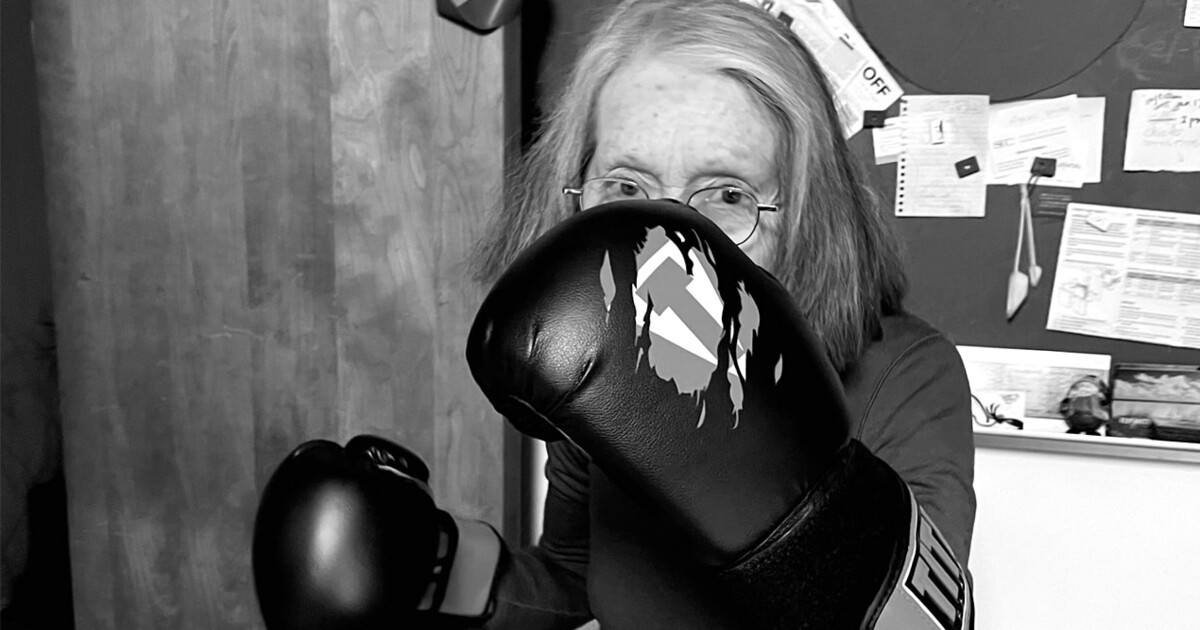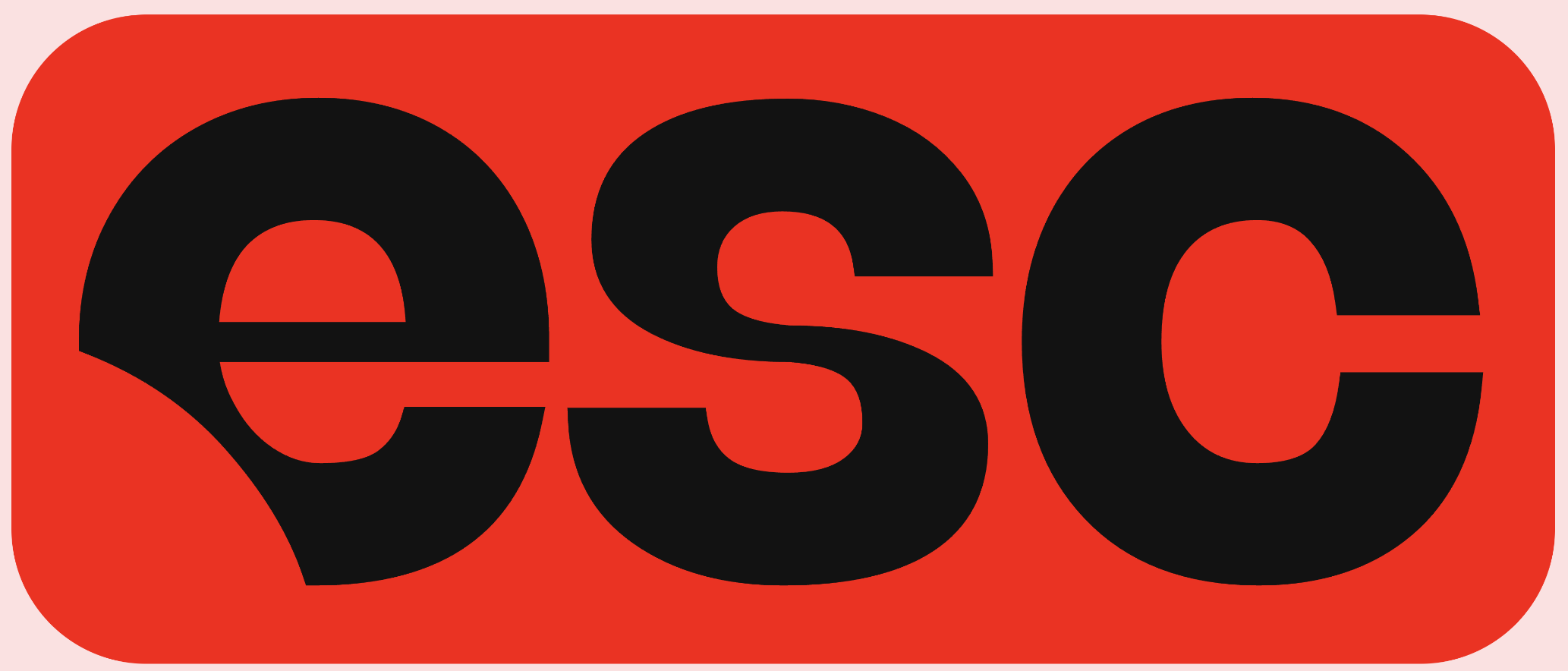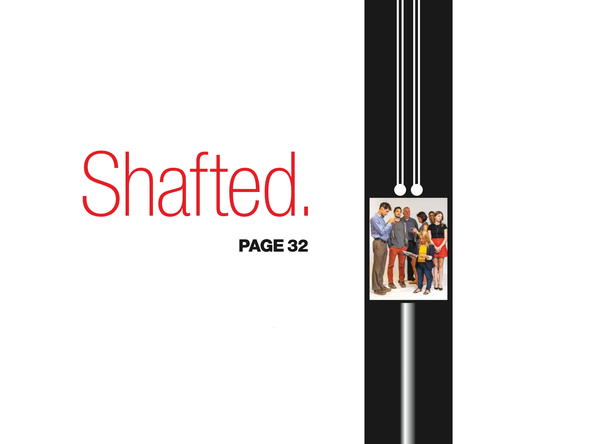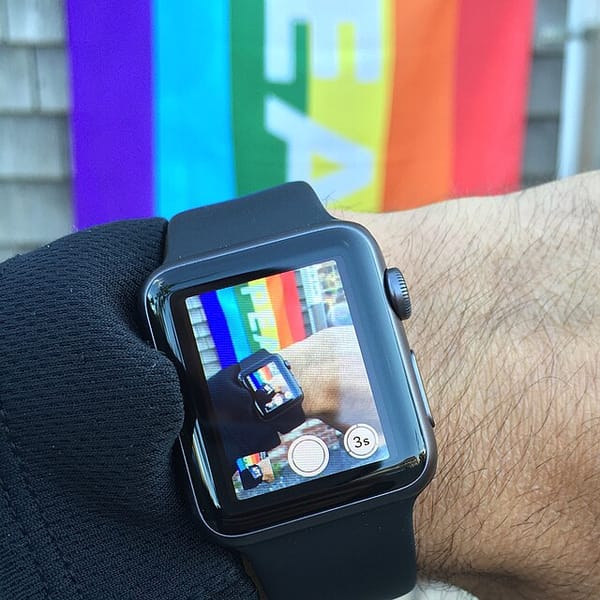The future of handwriting is, well, illegible: What do our brains lose when we stop using pens?
My hand hurts. Ouch! I take a break to read research about handwriting’s much-publicized (alleged) death spiral. I then proceed to finish drafting the latest in the experimental BTS @ ESC series entirely with a pen — leaving you with something poetic to talk about at your next power lunch. *Wink*
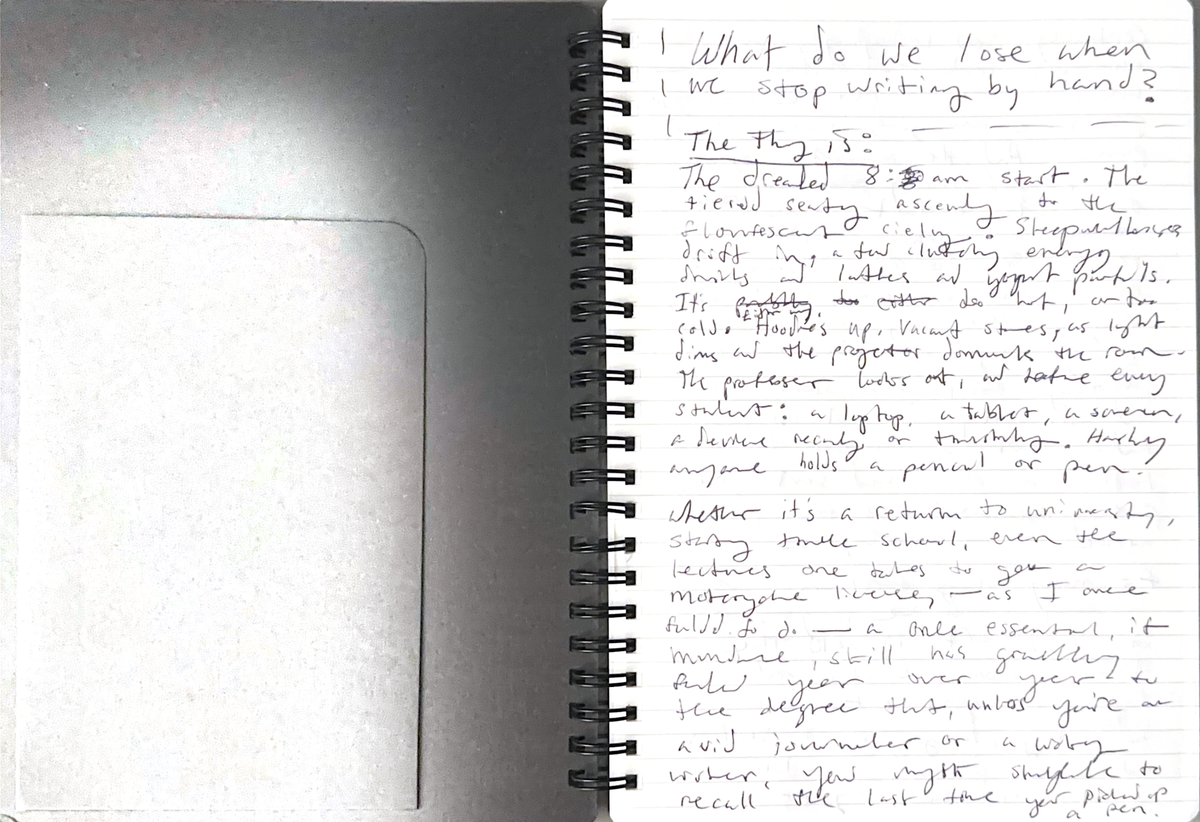
Oh hey! Look at that! You've got mail:
![A hand written email newsletter introduction in a spiral bound notebook reads: Of course! Here is the transcription of the handwritten note: Hey {first_name, "there"}, My right hand is tired. Why? I wrote this entire article by hand before editing it in Google Docs. Why write an entire article by hand?! Because it's about the future of handwriting! For the latest installment of the experimental BTS @ ESC series, we remix the TLDR Briefing format to explore PENMANSHIP!! [A small smiley face with wide eyes is drawn at the bottom right corner.]](https://www.esckey.co/content/images/2025/08/Handwriting-Intro-Note.png)
Do not worry. The rest of the article is not rendered in my hideous handwriting.

The thing is:
The dreaded 8 a.m. start. The tiered seating ascending to the fluorescent heavens. Sleepwalkers drift in, a few clutching energy drinks and lattes and maybe a few yogurt parfaits. The lecture hall is perhaps too hot. Or too cold. Either way, hoodies up. Vacant stares. The lights dim, and the projector beams PowerPoint. In the lower front corner, by the lectern, the professor looks out across the tired scene. Before every student, she sees a laptop, a tablet, a screen, a device recording or transcribing. Only a few students hold a pencil or a pen.
While rules on screens vary from classroom to classroom, professor to professor, the trend in education is akin to the trend in society writ large: we mostly write on devices.
Who cares, one might ask, punctuated with exclamation points and question marks — implying that handwriting seems the least of our concerns?! But the apparent decline in handwriting has concerned a wide and disparate crowd ranging from the tech skeptics through to a few clickbaity far-right conservatives.
Yes, year over year, we’re all less likely to routinely write by hand. Unless you’re an avid journal-keeper, or an old-school beat reporter scribbling shorthand out on the streets, you might struggle to recall the last time you picked up a pen for work or pleasure.
Certainly, new technologies and emerging tools — and shifting norms — have been known to provoke handwringing, premature eulogies, even moral panic. Handwriting has been one favorite victim in such discussions, and not without good reason.
The internet age has prompted many declarations that handwriting might soon fade. Such declarations stretch back to the emergence of email, for instance, which fundamentally changed the way we communicated. Computers at work made keyboards the dominant drafting tool. Cards, stationery and penmanship did not entirely fade, but the volume of our intimate correspondence that takes place in letter form has most certainly cratered as our relationships are largely mediated through our phones. (I would not complain if someone wrote me a love letter and attached a poem, but I’m not holding my breath.)
Handwriting would appear to be in a state of crisis, especially its most precious and endangered iteration: cursive (in the Latin alphabet, at least; the issues vary based on language and alphabet such as what is described as character amnesia among Chinese speakers). Case in point: For any college freshman arriving to U.S. campuses this year, writing curly cursive script might as well be a lost art. When the Common Core State Standards were released in 2010, they did not include a cursive requirement, and many states subsequently left handwriting instruction to local districts. Even when it’s taught, it’s rarely considered a priority.
“What if we once learned handwriting and then simply stopped? What happens then?”
The reason for handwriting’s decline obviously comes down to the pressures we face to be fast and efficient. At work, the last decade has seen communication pick up pace with endless-scroll “channels“ of Slack threads, bringing the group chat and social media dynamics to our professional lives, for better and worse. Even among friends, communication rarely involves the art of paragraphing. Many people think periods in text messages “makes you a monster.” We send each other incomplete sentences, fragments, emoji reactions. We’re nudged to DM friends across an overwhelming number of apps. Even Spotify recently added a messaging feature.
For many, handwriting feels not only unnecessary to modern professions and social lives, but a burden. (I, for one, was always anxious about the legibility of my scribbles, as you can see based on the hard-to-decipher strokes on my notebook pages. And in college, exams that revolved around essay-writing properly freaked me out — I would often perform poorly on in-class essay exams but would then score top of class on take-home writing assignments.)
As the medium is often said to be the message, so do the tools we use to communicate shape not only what we say but how our mind processes it. There is a whole field of research that confirms writing by hand with pen on paper, as well as stylus on tablet, engages neural networks and cognitive processes in a different way than hands on keyboard or thumbs on our filthy phone screens.
If we were to abandon handwriting as a species, we would risk losing specific cognitive advantages — or at least we would stimulate our brain fundamentally differently. Keyboards, either physical or on-screen, cannot replicate it.
But what, in particular, do we risk losing? Research suggests handwriting might influence memory formation, learning consolidation, creative thinking and fine motor control.
Broad headline-worthy conclusions are less easy to draw about individual experiences outside of the educational settings (most research about handwriting focuses on education and development). What if we once learned handwriting and then stopped? What happens then? That’s more the domain of anecdote and subjectivity, which is itself telling.
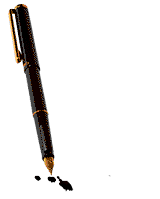
The thing about that is:
For a long time research about university students focused on the impact that the presence of laptops might have on learning, particularly the widely known fact that laptops were potentially very distracting to students who would rather be looking at almost anything else than the slides.
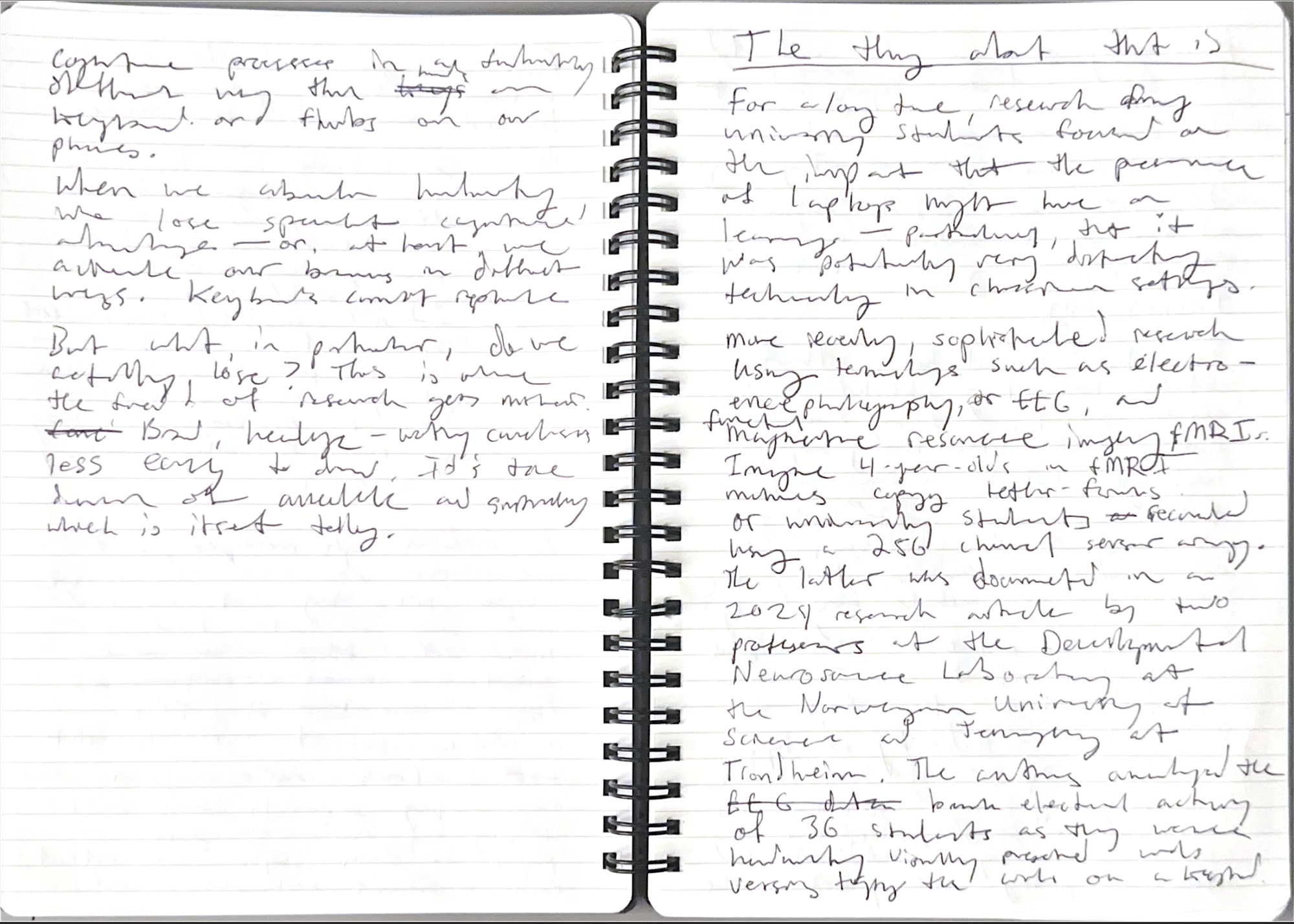
More recently, sophisticated research into handwriting’s activation of the brain has tapped technologies such as electroencephalography (or EEG) and functional magnetic resonance imaging (fMRI). The research goal here is to look at the activity in our brains when we’re using one tool over another to, say, write letters and words.
Imagine 4-year-olds in fMRI machines copying letter forms. Or the EEG data of university students captured via a 256 channel sensor array. The latter was documented in a popular 2024 research paper, published in Frontiers in Psychology, by two professors at the Developmental Neuroscience Laboratory at the Norwegian University of Science and Technology in Trondheim. The co-authors, Audrey L. H. Van der Meer and F. R. Van der Weel, analyzed brain electrical activity data from 36 university students, who were recorded as they were handwriting visually presented words using a digital pen versus typewriting the words on a keyboard.
Handwriting, they concluded, led to “widespread brain connectivity.” Typing did not. And consequently, this paper has been a hit in both the academic web and in certain journalistic corners.
The research has not been without critics, however; recent commentary by Svetlana Pinet and Marieke Longcamp, also published in Frontiers in Psychology, points to “limitations in the protocol, analysis, and interpretations of the results that cast some doubts about the validity of the conclusions.” Pinet and Longcamp observe: “First, the protocol did not include any learning.”
The picture about handwriting and typing’s cognitive effects is more nuanced than many headlines about the research might have implied, Pinet and Longcamp argue. “Handwriting and typing are both complex activities, likely to display as many similarities as differences,” they write. At the same time, they stress their commentary should not put into question the importance of handwriting. “Previous evidence does support a beneficial role of handwriting training” on letter recognition, reading and writing.
Researchers tend to agree that handwriting and typing activate the brain in different ways, but there’s less consensus on what this means both for education and our professional lives, where handwriting has largely fallen into obsolescence — and less consensus still on what we sacrifice in the name of efficiency. Comprehension? Memory? Some hard-coded expression of our individual humanity?
Whatever it is that we lose, many of us are worried about it. That’s why handwriting — the alleged death of it — has been in the news with greater frequency. I might speculate that has a lot to do with the techlash, which has provoked wider concerns about how the role of Big Tech devices and software in our lives has changed society in big and subtle ways. The decline in handwriting has been more of a slow fade. It’s one of those incremental shifts that you don’t notice until you’re drawn to the topic again, only to realize that a whole skill seems to be at risk of extinction. Or so you might believe based on a skim through the culture pages.
“It’s clear that the decline in handwriting has alarmed those across the political spectrum. ”
One such headline recently ran in Wired, the hyperbolic “The End of Handwriting.” The article itself is more nuanced. For it, Angela Watercutter, Wired’s senior editor for special projects, interviewed a “half-dozen experts” about whether back-to-school worries about the state of writing instruction were warranted. She heard mixed opinions. Karen Ray, a lecturer in occupational therapy at the University of Newcastle in Australia, told her: “We don’t yet know what we are losing in terms of literacy acquisition by de-emphasizing handwriting fluency.” But: “The problem,” Watercutter writes, “is that learning handwriting might be necessary to learn everything else.”
In January, handwriting was again a trending topic in certain circles, when The Guardian published an essay by Christine Rosen.
Rosen is a fellow of the American Enterprise Institute, “a thinktank noted for its historical global-warming denial and free-market extremism,” according to Steven Poole, who reviewed Rosen’s book, “The Extinction of Experience,” from which the paper had excerpted the long read on the decline in handwriting. (Rosen has also written really weird shit about trans women, the contents of which does not merit linking.)
“What does it mean to live without handwriting?” Rosen asks. “The skill has deteriorated gradually, and many of us don’t notice our own loss until we’re asked to handwrite something and find ourselves bumbling as we put pen to paper.” What we lose, she notes, is not only cognitive skills but also “the ability to read the words of the dead.” She goes further: “The researchers studying how technology transforms the way we write and learn are akin to ecologists who warn of species decline or environmental pollution. We face a future without handwriting.”
It’s clear that the decline in handwriting has alarmed those across the political spectrum. For some conservatives, the decline in handwriting would seem another indicator of society’s slide away from “traditional values.” But these critics would have little interest in exploring the underlying reasons why handwriting might be in decline in the first place. (For instance, could it be in part due to decades of conservative and neoliberal austerity? Budget-poor school systems and time-poor teachers now need to teach more standardized tests and other subjects, so something’s got to give; sometimes, it’s handwriting instruction).
As Poole writes in his review of Rosen’s work: “That is the irony of modern conservatism: it denounces the social changes that its own economic policies promoted.”
A future with or without penmanship? That future is not yet written, and there are some suggesting we may soon see a revival of handwriting as a way to reconnect with ourselves, free from algorithmic influences. It’s one reason I’ve returned to handwriting, too.
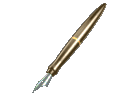
Where things get interesting:
This week, I conducted an experiment on myself: do not publish anything unless you first drafted it all in handwriting, the full thing from start to finish. Thus, this is the first full article I’ve drafted with a pen in a notebook in recent memory. In fact, it might be the only one so far this decade.
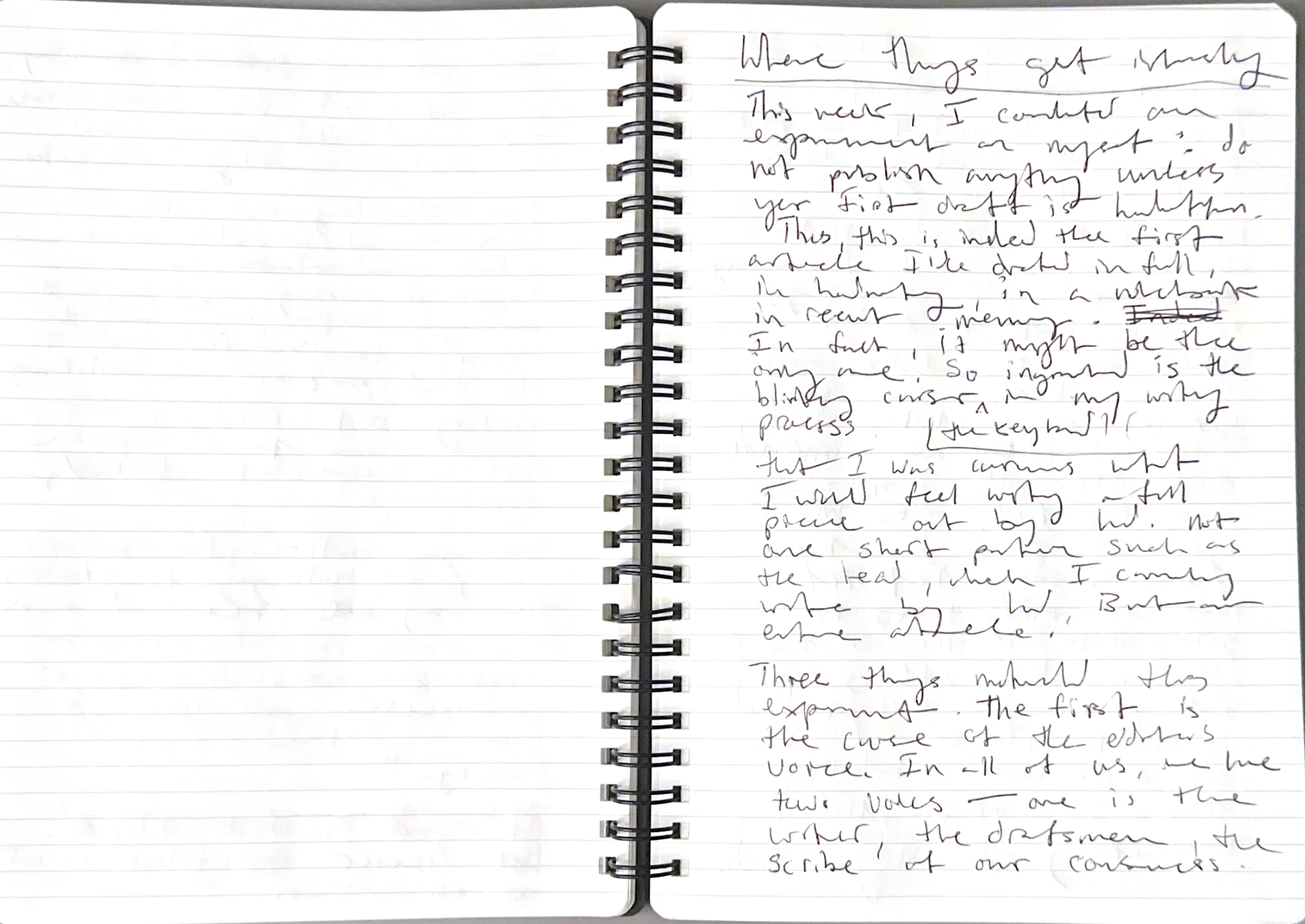
So ingrained is the keyboard, the blinking cursor, the Google Docs interface in my writing process that I was curious what I would feel writing a full piece out by hand, not on my MacBook. (I had to take three pen-cramp breaks in drafting. Transcribing was also a pain, as autotranscription could not read my messy quick handwriting very well; I struggled to comprehend what I wrote in some places, too.)
Three things motivated this experiment.
The first is the curse of the editor‘s voice.
In all of us, I believe we have two word-related voices. One is the writer, the way we communicate with the muses, the scribe of our imagination and intellect. The other voice is the editor — the critic, who is shrewd and sharp and unforgiving. The writer creates. The editor critiques. (Afterward, they go out for martinis.)
Both voices are essential to the process of writing at a professional caliber, but I have found that when writing in word processing software, it’s too easy to get stuck in a loop where you hear the editor, not the writer. You focus too much on making rough thoughts appear like a finished product. You keep combing over the paragraphs already drafted, editing and polishing that one portion of the incomplete thing. Tweaking rather than completing. When you are paid to write, where your pay depends on the volume of the output, getting stuck in the editor mode is not great.
There are many tricks to get out of the editor’s voice that authors employ, and one is writing first drafts by hand. When you write with an ink pen, the only way to go is forward, to the next line and the one after that.
Free of distractions, there is something almost revelatory about writing prose by hand. While drafting this, I was reminded of the degree to which being ”logged on“ has warped my brain. At one point this week, returning to my notebook from reading a study on the cognitive benefits of handwriting, I tapped my page, as if it were a “screen“ I needed to waken — to reactivate it so I could continue documenting my thoughts. Another time, I glanced at the far right corner of the page looking for a clock. The most embarrassing moment of all, though, is a familiar gesture I’ve repeated several times across the dozen-plus pages I drafted for this article: getting to the bottom of the page and “sliding” my fingers up, like it were the Notes app on the iPad, which I use a lot. (Styluses are shown to have a similar cognitive effect as writing on physical paper. Which I was happy to learn, as I involve the iPad extensively in my creative writing practice, primarily for drafts of poems. It’s one device I truly love.)
The second thing motivating this experiment is the manuscript for a short book I completed this week. It could not be more different from the reporting and editing work most people would associate with my name. Yes, few people know that before I became a writer, journalist, editor, editorial director, head of content, content strategist, UX copywriter and any number of the other titles I’ve held in my career in “content” — before all that, I studied poetry. And since my writing workshop days, I continue to write first drafts of new poems by hand. When writing in verse, the muses speak to me most vividly and forcefully when I put pen to paper or stylus to screen.
The forthcoming book, “Every Wrong Timeline,” which I will now begin the demoralizing process of submitting to presses and a few prizes, is a hybrid work — “a novella in verse.“ It plays with the multiverse as a metaphor for grief, following a writer on one very queer night around gentrified east London as they try to reconnect with their lost lover, the late struggling architect. The uncanny city is palimpsest. Timelines collide in every wrong detail. Even the ice in the cocktails is wrong.
To refine the characters’ voice, the entire first draft was written and revised several times over by hand before transcribing it and editing further. The rewriting and the transcription becomes essential to the whole project.
Completing that manuscript this week has had me thinking about how the tools we use to write shape the outcomes in ways we might not anticipate — to the degree that I believe I could not have written that novella in verse had I started the first draft on a computer.
Which brings me to the third thing motivating me: Anne Carson, the Canadian classicist, translator and poet known for long-form books in verse such as 1998’s queer “Autobiography of Red,” the quintessential verse novel; and one of the best books of the 21st century, 2001’s “The Beauty of the Husband.” (One poem in my manuscript is a subtle allusion to a lecture Carson performed seven years ago at the City University of New York on the topic of corners.) Like her books, a Carson lecture is most certainly a hybrid work — a spoken-word performance spanning cultural history, memoir, reportage, verse interludes and ancient Greek. She creates a collage of sorts no other living writer would attempt.
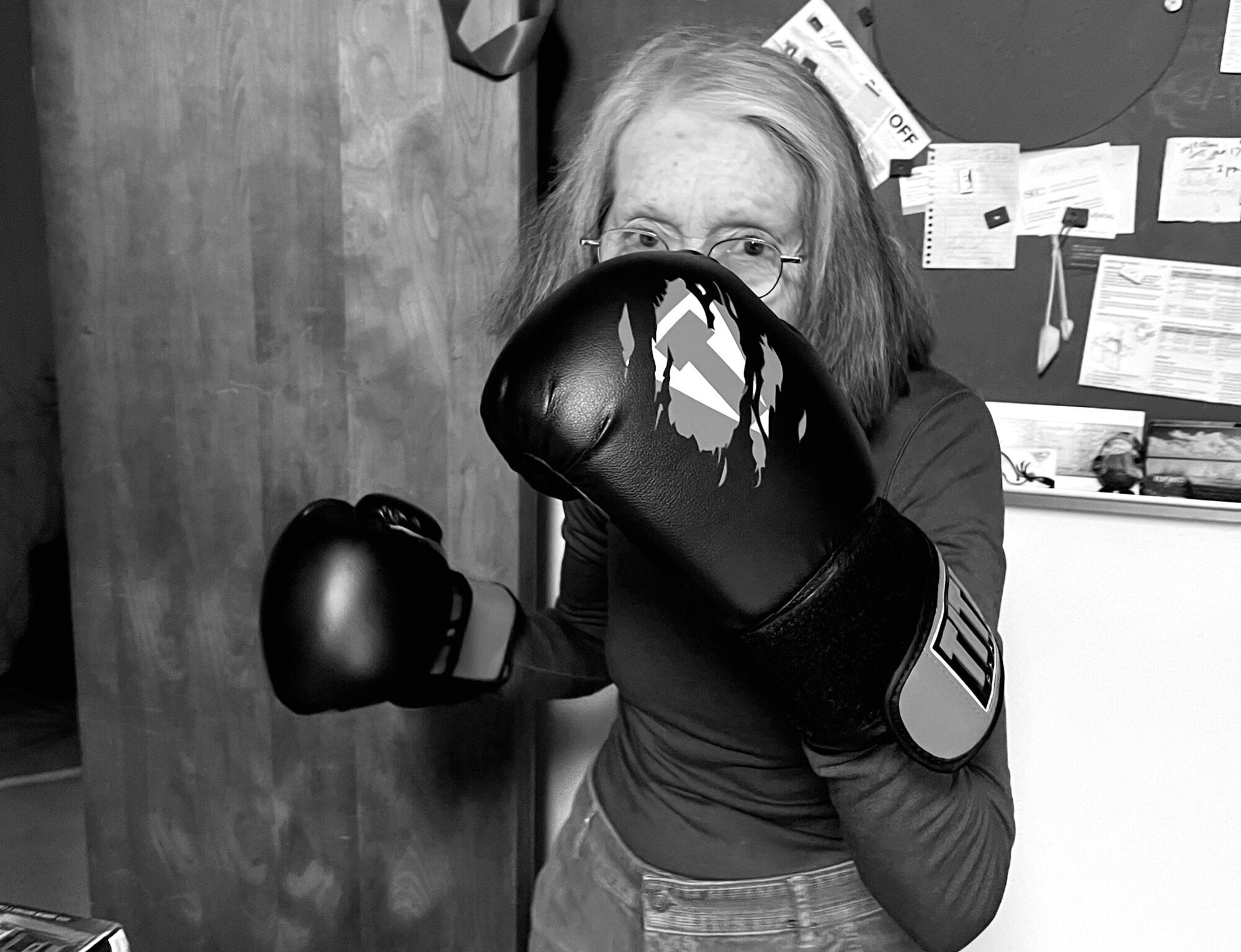
One of her most moving, and most recent, lectures explores handwriting — something that has been a central pleasure in her daily writing practice for decades — and how it has been made challenging by what she describes as “neurological changes in my brain.“ As Carson has been diagnosed with Parkinson’s disease and has consequently taken up boxing (as many people with Parkinson’s do), she begins: “I find shapes fall apart on me. My responsibility to form can’t be gracefully fulfilled.”
In the lecture, Carson recalls that in almost every conversation regarding her “worries about bad handwriting” brought on by tremors, the other person will respond something like:
‘Oh I’ve always had awful writing, no one in my family can read it and it gets worse over time; nowadays I do everything on a computer.’ Often when people say this they sound a bit sheepish. I wanted to get another angle on this sheepishness, so I decided to question composers about the difference between making a musical score by hand and using a computer program.
Carson spoke with the American composer David Lang and the Icelandic composer María Huld Markan Sigfúsdóttir.
Lang attempted a composition by hand but ultimately returned to the computer to complete it, he told Carson.
Sigfúsdóttir, conversely, felt “more in tune with the music, almost as if writing by hand has the same quality as playing.”
Or that the music is more real, not as generic as it sometimes seems when writing on the computer. I feel like each of the notes has an individual ‘personality’ when handwritten, and this can be exaggerated with different emphasis on size, shape or space of each note or passage.
“When a person who has been paralyzed from the neck down is given a tool that allows them to write with their mouth, they reproduce the same handwriting style as before paralysis.”
—Anne Carson
I relate to Sigfúsdóttir’s view in my poetry practice, where I find the pen on paper has a musical quality reminiscent of the decade I was classically trained on violin (like my handwriting, I was also bad at violin).
Handwriting — Carson elaborated in the Q&A after the lecture — unlocks “the state of mind they call revery, in which you think on your way to thinking; you're not thinking yet, exactly, what you're going to think but you’re getting there. You learn to move around in your own brain in that space of revery. And handwriting, among other things, is one of the places where you get to practice that.”
Our signature strokes also seem hardcoded, even when you lose your hands. “When a person who has been paralyzed from the neck down is given a tool that allows them to write with their mouth, they reproduce the same handwriting style as before paralysis,” she says. “Your handwriting is your brain and your brain is you.”

The thing to talk about over your next power lunch:
The Iron Law of Lectures, which I am proud to announce we have coined here on ESC KEY .CO, describes the indisputable, widely observed fact that the most entertaining part of any such lecture is always, without question, the audience Q&A.
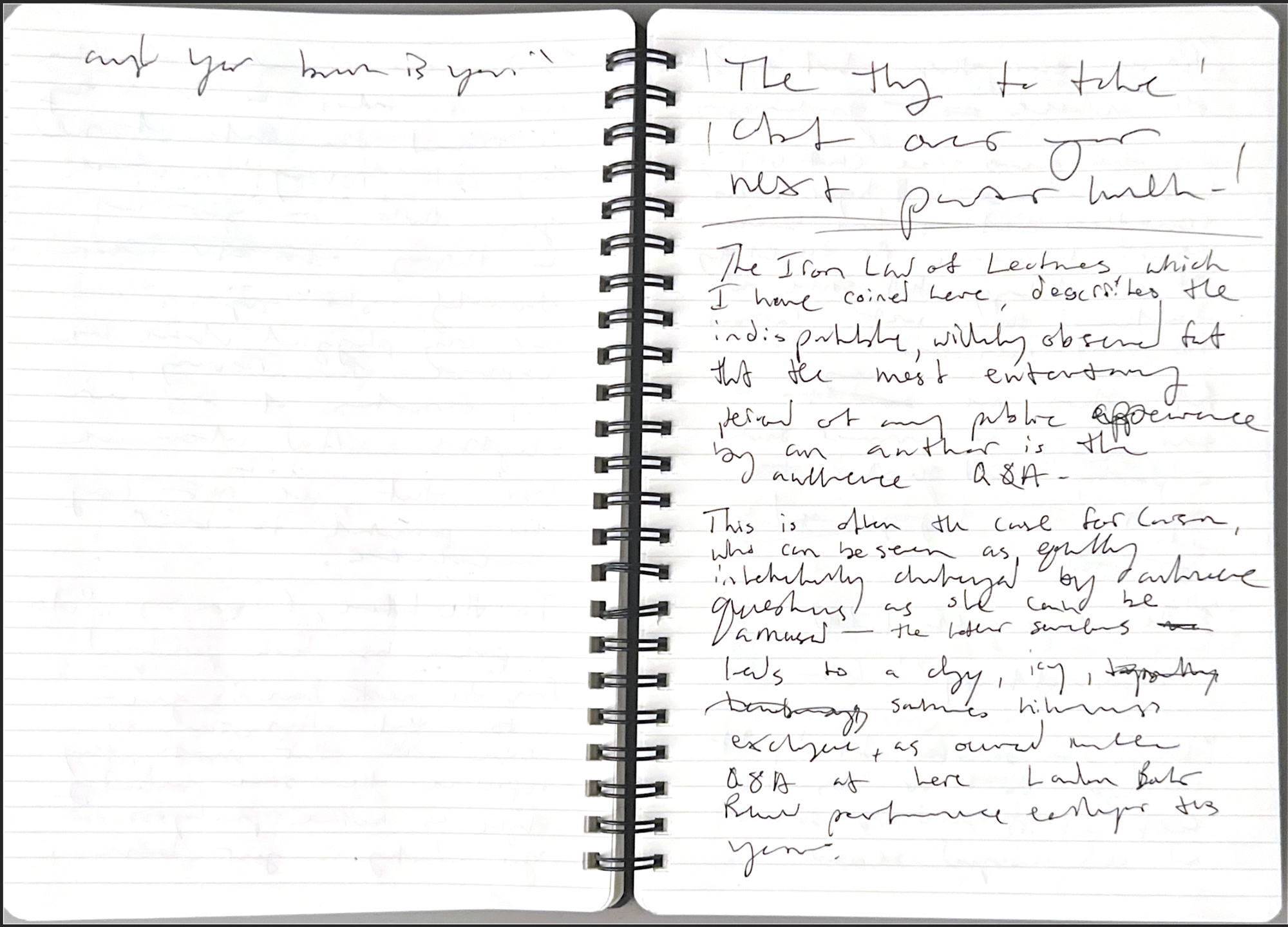
This is also the case for Carson, who we see both intrigued by the fascinating questions some in the audience raise as well as occasionally bemused at the broad or vague topics that can come up. The latter can sometimes lead to sardonic and hilarious exchanges, as occurred in the Q&A portion following her London Review of Books lecture.
“Do you ever think about AI?” one person in the audience asked her. The room chuckles quietly as Carson seems a bit puzzled by the broadness of the question.
“How, in what way?” Carson inquires.
“Um, I’m so worried about it, what it might do to our minds, the fact that it’s around us so much and it’s hyped so much.”
The audience erupts into laughter when Carson replies, “And you want me to solve that for you?”
“The gloves are the only way,” Carson quips, referring to her earlier discussion of boxing.
“In an attempt to prove the provenance of our work, what if handwriting were again a central part of education?”
Among “AI” boosters — and by “AI,” we refer to the “synthetic text extruding machines,” borrowing the phraseology Emily M. Bender and Alex Hanna use in “The AI Con” — there’s a frequently repeated idea that the cognitive offloading of your thinking to chatbots is to writing what cognitively offloading to calculators is to math. This logical fallacy is invoked frequently to support the inevitability argument.
But, ironically, what if the tools that threaten how we learn to write (yes, I mean ChatGPT) might prompt an unexpected uptick in handwriting skills? In an attempt to prove the provenance of our work, what if handwriting were again a central part of education?
That’s what Watercutter suggests in her recent Wired piece — that the age of “AI” might lead to a “handwriting renaissance,” which perhaps sounds like straining to find a silver lining to the current venture-backed bubble. But you can understand the logic.
“Handwriting, in person, may soon become one of the few things a student can do to prove they’re not a bot,” she writes. “As AI creeps into schoolwork, handwriting won’t die so much as, once again, provide proof of life.”
Pity the teachers, underfunded and under pressure, navigating whiplash and so many impossibilities all to educate us. Pity also those who have essay exam anxiety and write much better in their own rooms.
But even for those out of education, maybe reclaiming handwriting is one small way we can resist — and maybe feel like we reclaim a little territory in our brains in the process?
Perhaps it’s akin to how “reading is so sexy” among young people, as journalists keenly report — real, tangible books offer some escape from digital overstimulation. Reading a printed book has cultural cache. It’s a way to signal you’re “logged off.” For the so-called “performative males,” it’s a way to signal you’re not like other men; you read bell hooks!
Maybe handwriting is gaining a similar kind of street cred, too? While writing this article by hand in a journal at a cafe, one of the baristas accustomed to witnessing me typing furiously on a MacBook noticed the slower pace of my pen and seemed curious. They asked: “What are you writing today?” The performance had worked — that is, if starting a conversation with a hot barista was the point. Better yet, while the pace of my writing was slower, I felt more at home in my brain, which is similar to how Carson concluded her lecture:
The precisely controlled movements of handwriting lead to patterns in the brain that promote learning. The brain opens, deepens and enriches itself. There is in it (speaking subjectively) an exhilaration and a feeling of homecoming.
That said, I am unlikely to draft future briefings by hand. Why? I honestly don’t have the time.

And one long thing to read:
Anne Carson’s essay, “Beware the man whose handwriting sways like a reed in the wind,” was published in March in the London Review of Books. Watch a recording of the lecture here — and watch through the full audience Q&A to hear Carson muse further about the absurdity of “AI”: “I can ‘AI box,’ I wonder?,” she asks, nonsensically to comedic effect. “Yeah, well, that’s an avenue of thought I had not explored, so thanks, I’ll do that, perhaps over dinner.”
